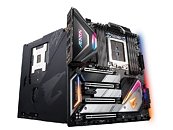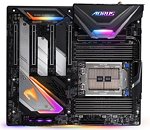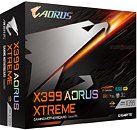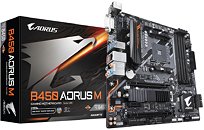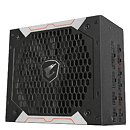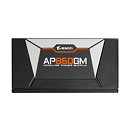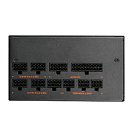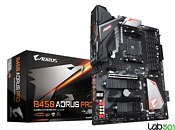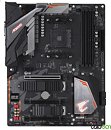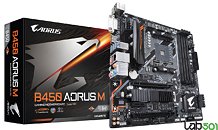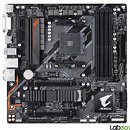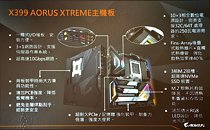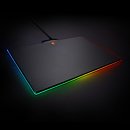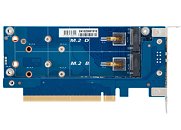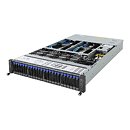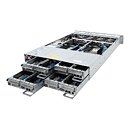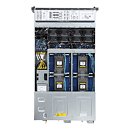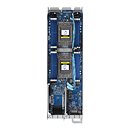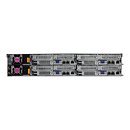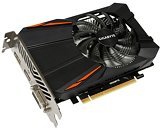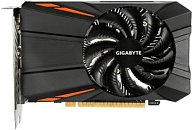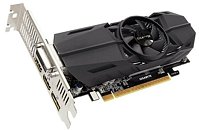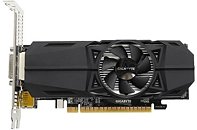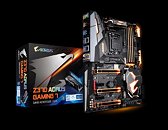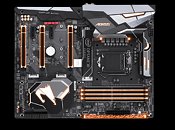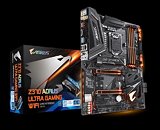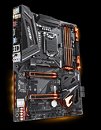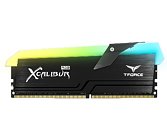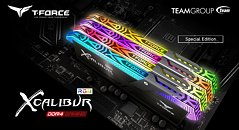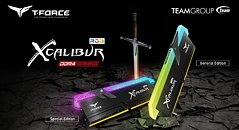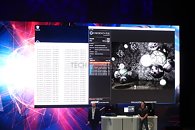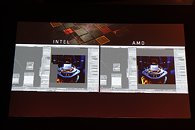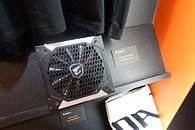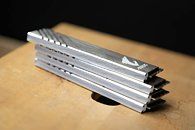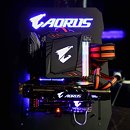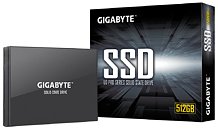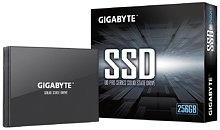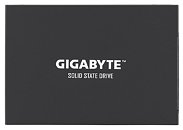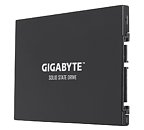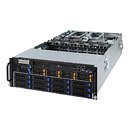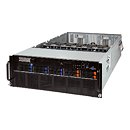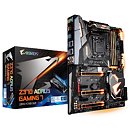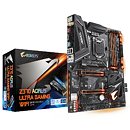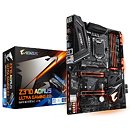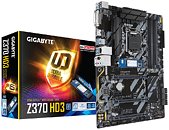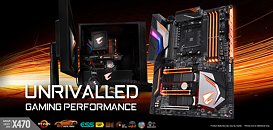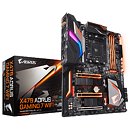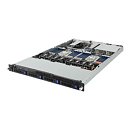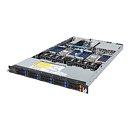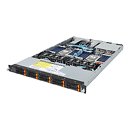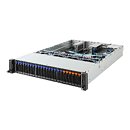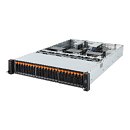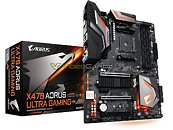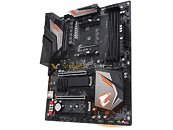
GIGABYTE Announces the AORUS X399 XTREME Motherboard
GIGABYTE today announced its flagship socket TR4 motherboard for AMD Ryzen Threadripper processors, with out-of-the-box compatibility with 2nd generation 32-core Threadrippers. The new Aorus X399 XTREME board is part of a new breed of X399-TR4 motherboards launched/unveiled in the past few months, with reinforced VRM to cope better with the upcoming 250W TDP 24-core and 32-core processors, such as the MSI MEG X399 Creation. A brochure of this board was leaked to the web last month, and now we see it in the flesh. Technically still an ATX board, the Aorus X399 Xtreme is slightly broader, and is recommended to be installed in EATX-capable cases. Power is drawn from a 24-pin ATX, two 8-pin EPS, and an optional 6-pin PCIe power. A 10-phase VRM powers the CPU.
Expansion includes four PCI-Express 3.0 x16 slots (x16/NC/x16/NC or x16/NC/x8/x8 or x8/x8/x8/x8), and an x1 slot. Storage connectivity includes three M.2 slots with gen 3.0 x4 wiring, each; and six SATA 6 Gbps ports, from which four come directly from the CPU. The onboard audio is top of the line, with an ESS Sabre DAC working the main stereo out, and a Realtek ALC1220VB handling the other 8 channels. The Sabre is slaved to the ALC1220VB, so the system only sees one audio controller. There are four network interfaces - a 10 GbE driven by an Aquantia-made controller, two 1 GbE pulled by Intel i219-V, and an 802.11ac driven by an Intel 9260 WLAN card, which also handles Bluetooth 5.0. There are 10 USB 3.1 ports at the integrated rear panel (eight running at 5 Gbps, and two at 10 Gbps, one of which is type-C). Four other 5 Gbps ports are wired internally. Of course there's the full-shebang of RGB lighting and control. Available from 8th August, the board will be priced at USD $499.99.
Expansion includes four PCI-Express 3.0 x16 slots (x16/NC/x16/NC or x16/NC/x8/x8 or x8/x8/x8/x8), and an x1 slot. Storage connectivity includes three M.2 slots with gen 3.0 x4 wiring, each; and six SATA 6 Gbps ports, from which four come directly from the CPU. The onboard audio is top of the line, with an ESS Sabre DAC working the main stereo out, and a Realtek ALC1220VB handling the other 8 channels. The Sabre is slaved to the ALC1220VB, so the system only sees one audio controller. There are four network interfaces - a 10 GbE driven by an Aquantia-made controller, two 1 GbE pulled by Intel i219-V, and an 802.11ac driven by an Intel 9260 WLAN card, which also handles Bluetooth 5.0. There are 10 USB 3.1 ports at the integrated rear panel (eight running at 5 Gbps, and two at 10 Gbps, one of which is type-C). Four other 5 Gbps ports are wired internally. Of course there's the full-shebang of RGB lighting and control. Available from 8th August, the board will be priced at USD $499.99.
